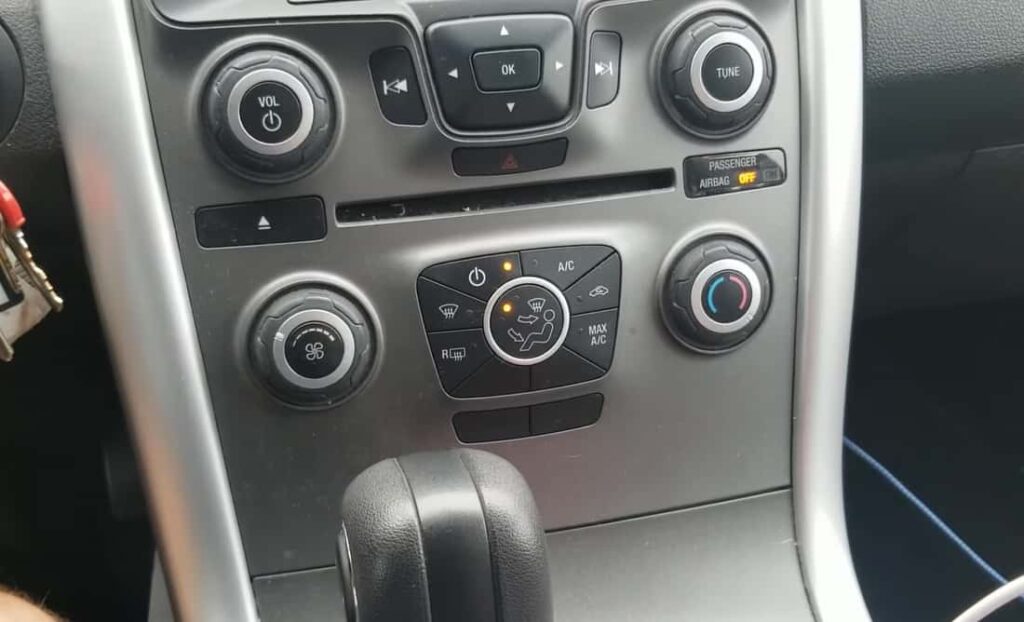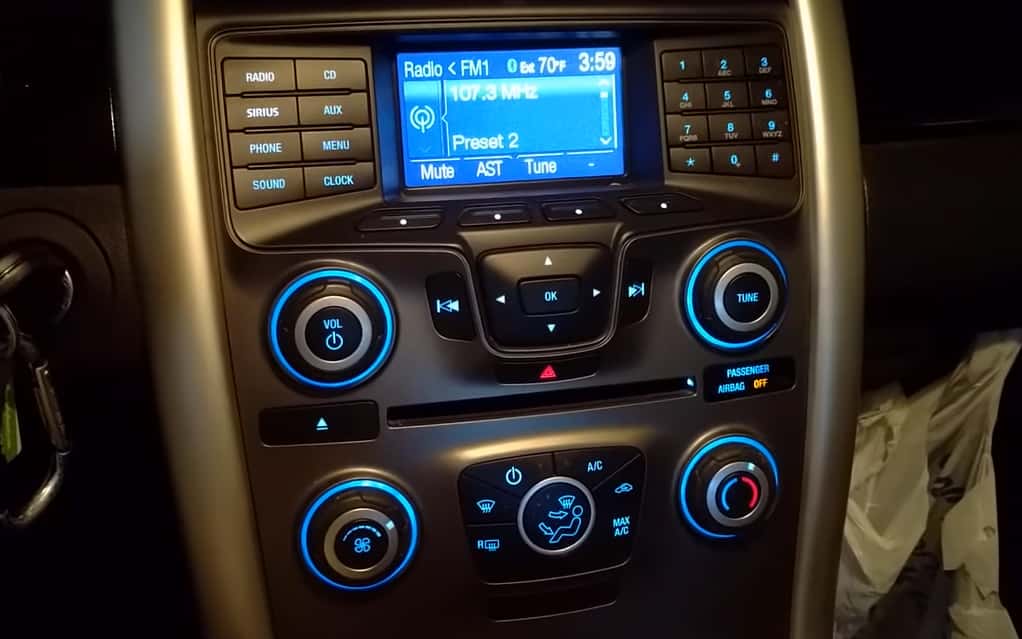A Ford Edge heater blowing cold air is definitely not fun.
Just when you are ready to head out and when the external temperature is frigid, the last thing you want is to not get warm while in your vehicle.
This is why if this is the issue you are dealing with, it is important to know how to address it appropriately, so it does not cause further problems and discomfort for you. Let’s jump right into it.

Causes Of Ford Edge Heater Blowing Cold Air
It is definitely inconvenient when you have a Ford Edge heater blowing cold air. After all, it is supposed to keep you warm when it is frigid outside. However, this is not the case when your header is broken, which makes driving quite uncomfortable.
Basically, there are two key reasons why you have a non-responsive heater. If the unit is not at all turning on, then the blower motor may be broken or you have some wiring issues. But if it is blowing – albeit cold air – then the coolant may be getting to your unit’s core. Or worse, it may have gotten inside your heater core.
First, let us understand how your heater functions. Generally, it passes hot coolant from your engine and into your heater core, which is a small radiator. Then, your blower motor will blow air from across it, and this air blows on to your and your passengers. Once your heater no longer works, it has most definitely failed in performing its normal function.
In case your overflow does not have any coolant, you need to refill it by topping up your overflow reservoir. When you place your hands around the fans or radiator in your engine, these components are most definitely hot unless you have not started your vehicle. So, be careful before you top up your coolant.
Now, when you have very low levels of coolant, your engine tends to run hot. Additionally, this causes the vehicle to not generate ample heat. So, if there is not an adequate coolant level according to the line pressure, your heater core is unable to receive coolant at all.
So, the first thing you need to do is to check your coolant level. Take a look at your overflow reservoir, which is connected to your radiator through a tube that comes from the top, close to your radiator cap. There are two lines that indicate cool cold and cool hot functions. But with other vehicles, it only has full hot. But then again, you should neve touch your radiator cap – only with the exception that you are certain your vehicle is cold and has not been used for a while. Otherwise, you run the risk of seriously burning yourself!
Another reason behind a Ford Edge heater blowing cold air is because of a faulty thermostat. This regulates your engine’s temperature as it allows water to get into your engine once it is hot. But when you have a thermostat issue, it remains stuck open. This is why your coolant constantly gets into your engine, which is why you can barely feel any warmth. While it may work when your vehicle is not moving, the unit stops to work once your truck is in motion.
Check your vehicle’s temperature gauge and inspect if it is in the normal location after driving for some time. But if it appears to be colder than usual, it means that your thermostat is the issue.
Additionally, you may want to get your heater core checked. This unit can certainly go bad due to clogging or simply wear and tear. When you have a clogged heater core, this prevents the coolant from passing through. And so, there is no heat since there is not enough warm coolant getting in. There may also be leaks to your faulty heater core, so it is important to keep an eye out for this issue. One sign is when you have a moist passenger floorboard.
Thankfully, heater cores are relatively easy to find and are affordable. So, you should not have any issue with buying a new one for a replacement.
Your heater core comes with two hoses that come to and from this unit. When performing normally, these hoses are supposed to feel hot or warm when you have your engine on. In case this is the concern with your vehicle, then the heater core is likely to be clogged, especially if you had one cold and one hot hose. But if none of your hoses are warm at all, there may be a low pressure, low fluid, or even air in your cooling system.
When you check your temperature gauge, you will notice that the engine may be running very hot, yet there is no heat from your heater. This is due to water pump issues, which means it is starting to fail. Either that, or your coolant level is low. You may also want to inspect your serpentine belt that goes to your water pump that may have gone bad, too.
Next Steps

After checking the components we have mentioned above and you have realized which one is the culprit, then you can perform correct troubleshooting methods to address this issue. It may be a low coolant level, a problem with the hose, water pump issue, and many other potential reasons.
This is why proper diagnosis is imperative considering how important it is to know exactly the cause of the problem when ensuring the proper fix or solution to your heater issue. Some of these tasks may be done as a DIY project, especially if you have some skills in this job. Yet, you should also not hesitate to take your vehicle to a specialist when the repair work is beyond your knowledge and ability. By doing so, you can get the repair work done the right way and make sure it really solves the issue once and for all.